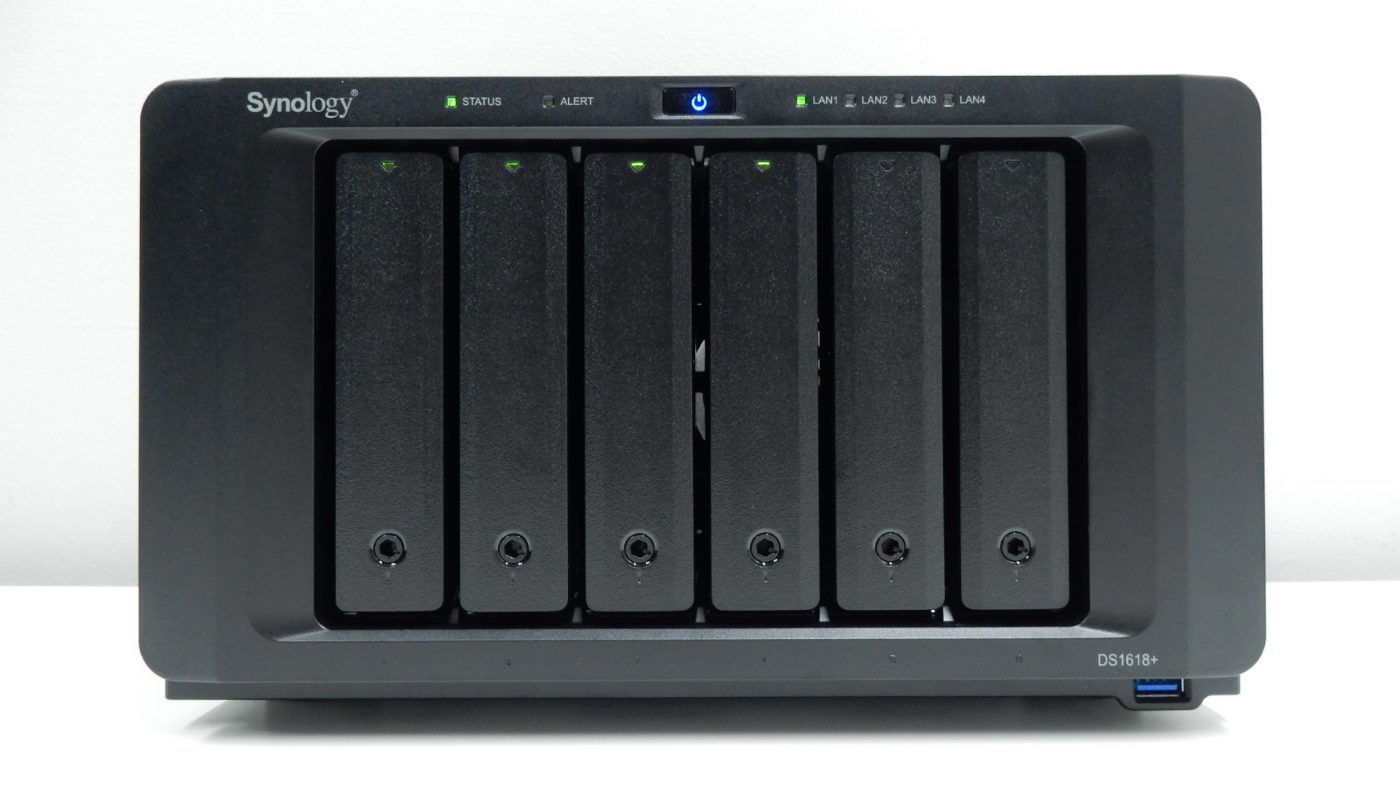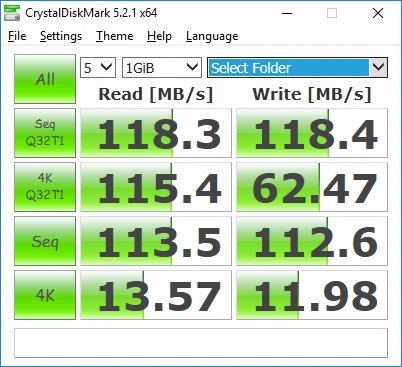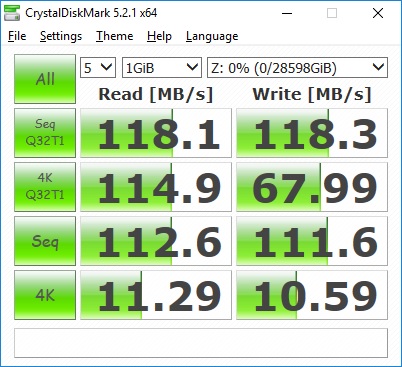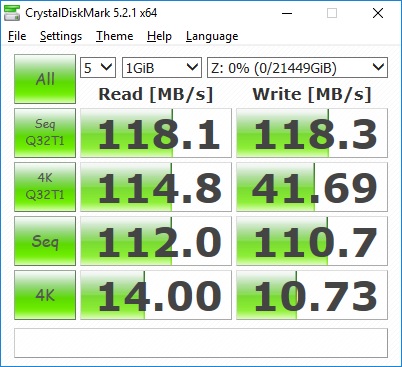Applications and Performance
Cloud Sync
We are pretty heavy NAS users, especially for storing and accessing multimedia across multiple devices on our network. It is not uncommon for us to have multiple TV shows or movies streaming from our existing NAS devices at one time. For media that we store on our NAS and want to make sure is backed up, we can take advantage of the Cloud Sync package on the DS1618+. Cloud Sync lets us choose certain folders on the NAS to then be synchronized to our preferred cloud storage provider, Amazon Drive in our case. With a few simple steps, we had a folder on our NAS synchronized with our Amazon Drive, and a nice green check mark indicating that everything was up to date. This will be great for our family photos and video files that we want to make sure we have in a safe place for long-term storage and protection.
Virtual Machine Manager
Another great option available on the DiskStation DS1618+ is the ability to run virtual machines locally on the NAS. Now since the DS1618+ is only equipped with an Intel Atom processor and 4GB of RAM from the factory, our options will be a bit limited. Bumping up the memory to 16GB or the max capacity of 32GB will give much more headroom, but don’t expect to perform any heavy workloads. And even if you don’t want to run your VMs locally on the NAS, you can still utilize it for VM storage and access them via iSCSI. With support for VMware, Citrix, OpenStack Cinder, and Windows Server 2016, you have plenty of options available.
We went ahead and tried out hosting a VM locally, and after a quick download of a Linux Mint 18.3 ISO, we were able to spin up a virtual machine with little effort. We gave the VM a single core and 1GB of system memory, and were able to access the local OS UI via a browser tab. The Linux UI was responsive in the browser, but accessing it via VNC was much smoother.
Plex
While the DS1618+ doesn’t have the hardware transcoding capabilities that the DS418play we reviewed recently, it can still act as a Plex server, using the local storage to host your video, audio, and image files. In our case however, we have a separate VM server hosting our dedicated Plex server, so we were able to simply point that to the DS1618+ and use its storage for our multimedia files.
Performance
As mentioned in our setup section, we utilized four 8TB drives from both Seagate and Western Digital for our review of the DiskStation DS1618+. Our initial configuration utilized Synology’s proprietary Hybrid RAID, SHR. We also configured the NAS with both RAID 0 and RAID 5 arrays for additional testing, though we knew that we would most certainly end up with nearly identical results since we were only connecting to the unit via a single NIC. Configuring additional NICs and joining them together for additional throughput is definitely an option, and will give you more room to move large amounts of data from multiple devices.
SHR
Our SHR CrystalDiskMark results are below, and as we predicted, the DS1618+ was able to provide us with enough data to max out our 1Gbps NIC.
RAID 0
Next up we blew away the SHR array and striped the disks to create a RAID 0 array. Again, we see that the unit was able to take full advantage of the bandwidth available on the network. We also see nearly identical results compared to SHR.
RAID 5
Last up was a RAID 5 array that many users may be interested in utilizing. While this level of RAID is becoming less and less popular as drive sizes grow, and with that recovery and build times, it is still used enough that we wanted to include it. Again, we see results that are well within the margin of error when compared to both our SHR and RAID 0 results.








